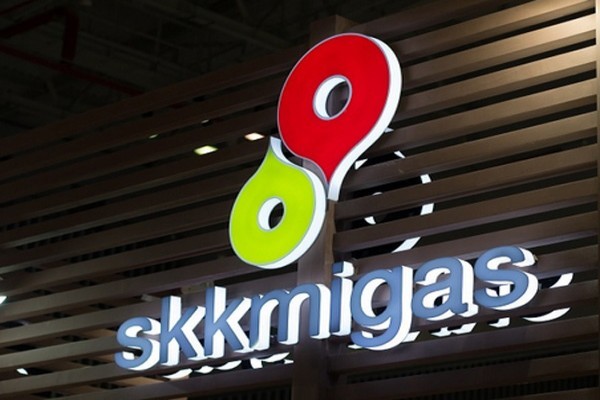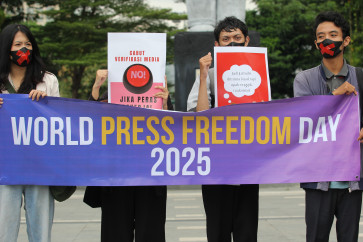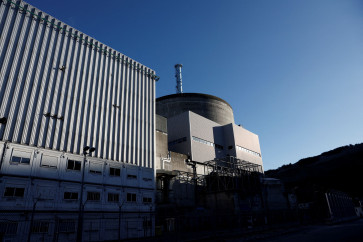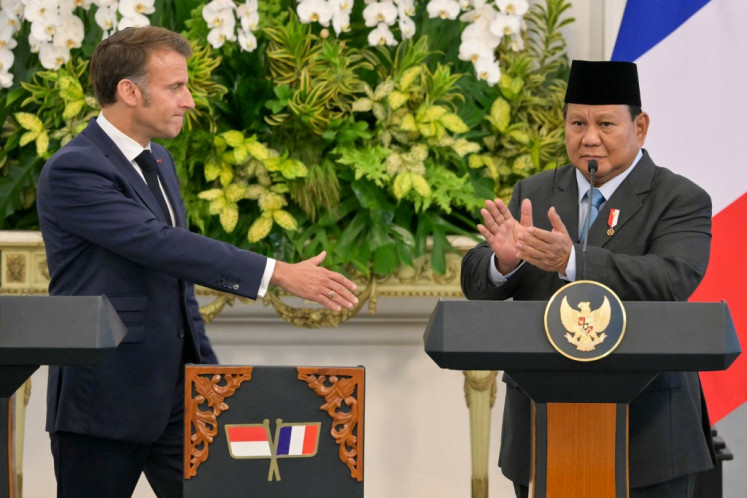T
he global oil and gas industry has encountered significant challenges in 2020. Crude oil price volatility from January to mid-June was the second highest after the global financial crisis in 2008. ICE Brent and West Texas Intermediate (WTI) crude oil prices were traded in the range of US$19.3 to $68.9 and $37.6 to $63.3 per barrel, respectively. The WTI crude oil price fell into negative territory, the lowest price since the start of the WTI crude oil market.
The volatility of the global oil price in April was strongly connected to global oil supply and demand. The COVID-19 pandemic has disrupted oil demand due to strict lockdown measures and the decline of economic activities. From May to June, crude oil prices started to recover. This price recovery was in line with the Organization of the Petroleum Exporting Countries’ (OPEC) efforts to limit its production by 9.7 million barrels per day (bpd) starting from May. The Brent crude oil price was traded in a range of $26.4 to $42.3 in this period, much improved from April’s performance.
Even though the oil price has been on the increase recently, we predict it is unlikely that the crude oil price will reach $50 per barrel by the end of 2020. We estimate crude oil prices will hover between $40 to $50 in 2021. It will take a long time for oil demand to recover from the disruption of the COVID-19 pandemic. The Energy Information Administration (EIA) estimates that global monthly oil consumption will return to the levels seen before pandemic by December 2021.
We also estimate that the long-term equilibrium of oil prices, in 2022 and beyond, will only be $60 per barrel. Two main factors drive this prediction. If the crude oil price is above $60, the United States’ oil production will increase significantly and push the oil price below $60. Conversely, if the oil price is below $60, then OPEC will control its members’ production to reduce the oversupply. OPEC countries need to maintain oil prices at around $60 to make their government budget sustainable.
The relatively high volatility of crude oil prices in the short term and the relatively low oil price in the
long term will become challenges for the future of the domestic upstream oil and gas industry. In the short term, high oil price volatility will decrease investment in the upstream oil and gas sector this year.
Investment from upstream oil and gas companies will decline, especially for activities to increase oil
production capacity and exploration. The Upstream Oil and Gas Regulatory Special Task Force (SKKMigas) estimates that Indonesia’s upstream oil and gas investment in 2020 will be $11.8 billion, 14.5 percent below the initial target of $13.8 billion. SKKMigas predicts exploration drilling activities, 3D seismic surveys and development well drilling activities to decline 40 percent, 33 percent, and 22 percent, respectively, from 2019.
In addition to high volatility in the short term, Indonesia’s upstream oil and gas industry will encounter lower long-term oil price equilibrium, only at $60 per barrel. Actually, with the crude oil price level at $60 per barrel, all oil fields in Indonesia are still able to produce. According to SKKMigas data, the average cost of oil production in Indonesia is $29.6 per barrel. Therefore, with a long-term oil price level of $60 per barrel, all oil and gas fields are still able to produce economically.
However, with a relatively low oil price in the long run, increasing the attractiveness of oil and gas
exploration in Indonesia will be more difficult. Exploration is needed to increase oil and gas production in the long run. According to the Indonesia Petroleum Association (IPA), there are four main challenges in increasing exploration activities.
First, the period from exploration to exploitation activities in Indonesia is getting longer. Secondly, future oil and gas exploration activities in Indonesia will shift from the west to the eastern part of Indonesia, which lacks infrastructure. Third, the exploration area will also switch from onshore to offshore.
These three reasons will increase the cost of oil and gas exploration in the future. The last reason, the success rate of drilling in Indonesia is relatively low compared to other countries. This low drilling success rate increases the risk for investors who conduct exploration in Indonesia. To sum up, lower oil prices, increased exploration costs, and higher risk levels are likely to hold back the number of oil and gas exploration activities in Indonesia going forward.
Therefore, to increase interest in oil and gas exploration in Indonesia, the government needs to make extraordinary efforts. Firstly, the government should ensure contract stability for oil and gas investors. Therefore, the government needs to accelerate the ratification of the revised oil and gas law to give investors guidance and legal certainty.
Secondly, in regards to the initial exploration condition, namely lower oil prices, increased exploration costs and higher risk, the government needs to consider giving appropriate incentives to oil and gas investors to conduct exploration, such as reducing the government’s take from oil and gas-working areas that are high risk and lack earlier exploration data. The government needs to consider giving investors choices, whether using conventional production sharing contracts (PSC), which is a cost-recovery model, or a gross split PSC, which suits investor calculations on the profit and risk presented by an oil and gas field.
Lastly, to lower the risk for investors, the government needs to consider directly financing exploration activities or take a slight part of the oil and gas revenue that is dedicated to conducting exploration.










